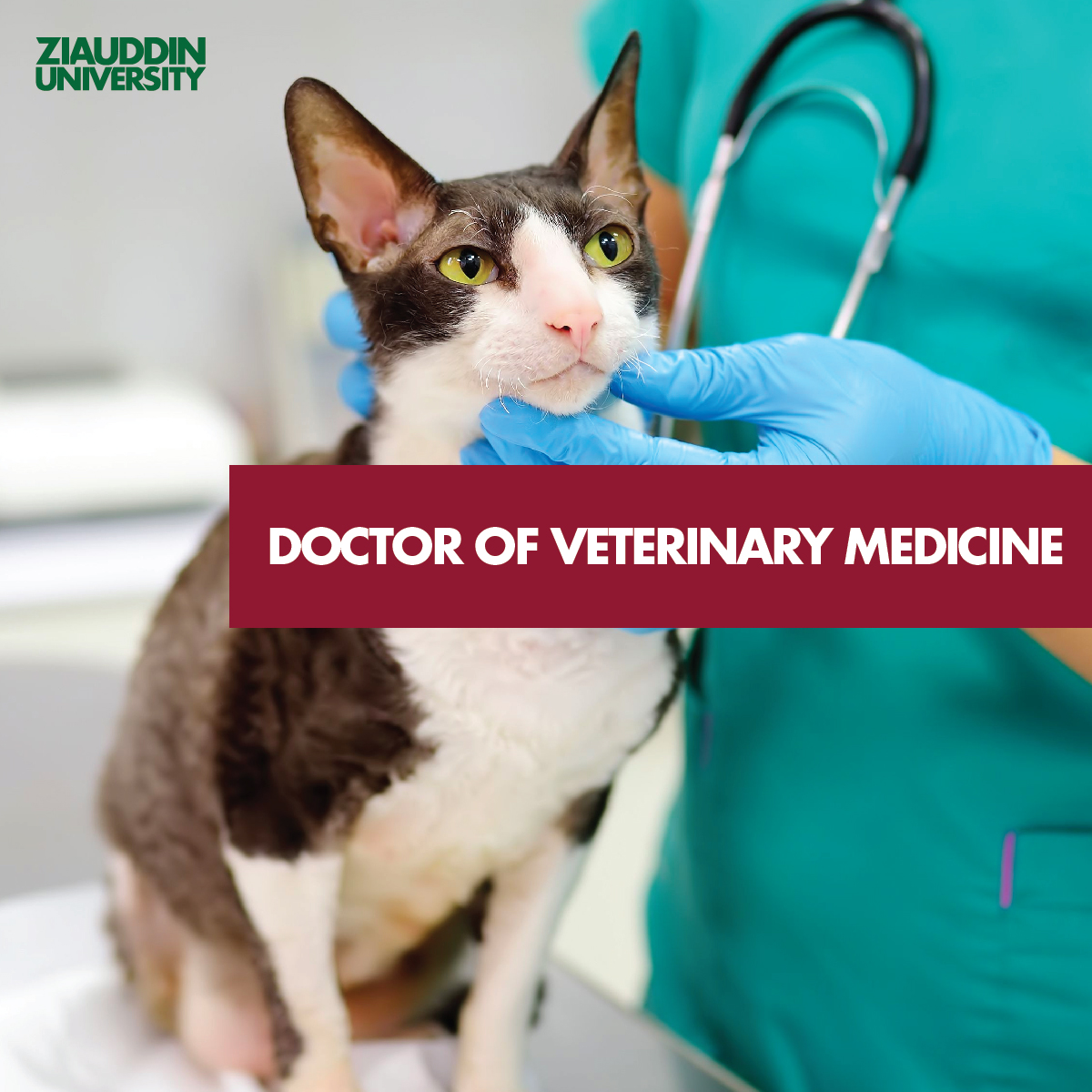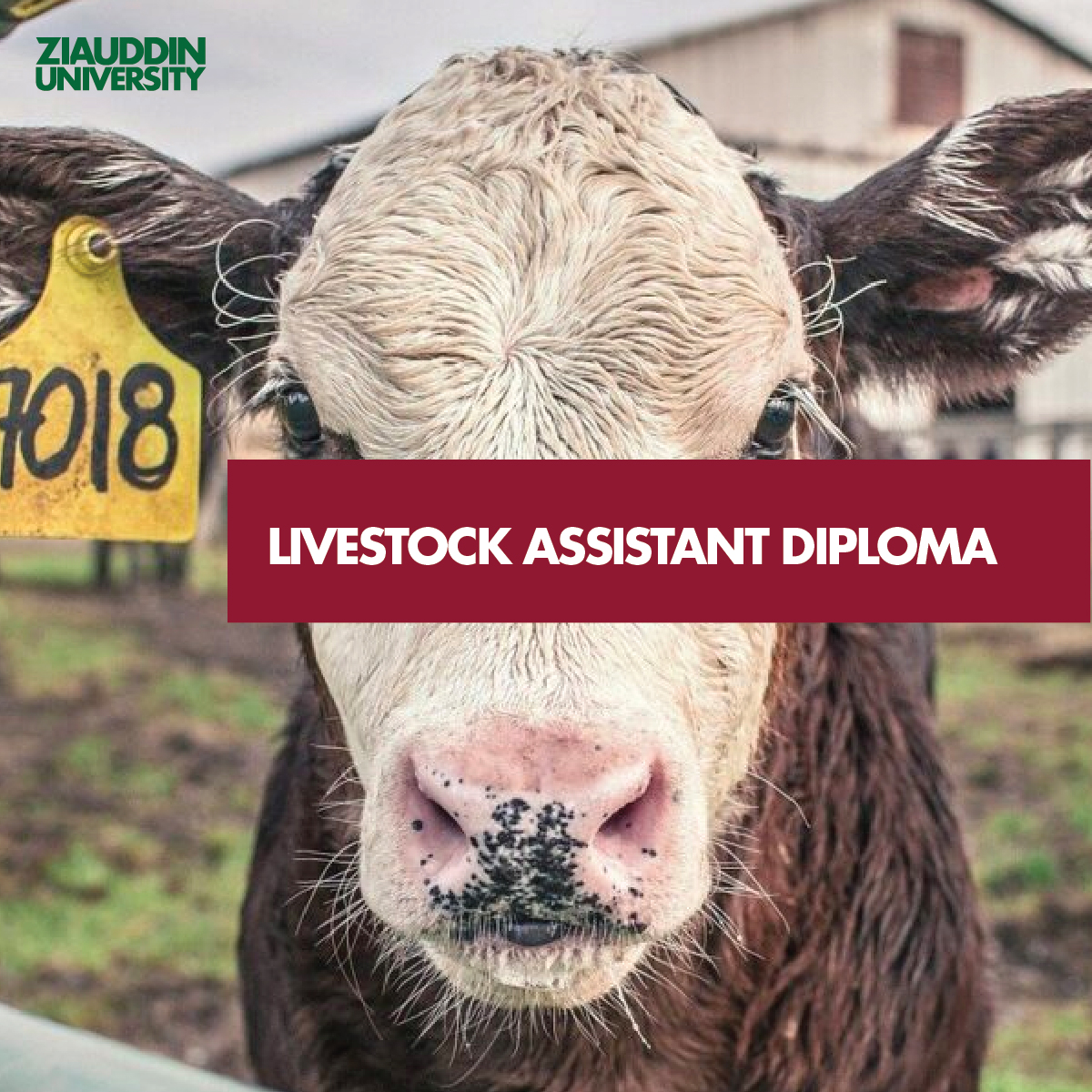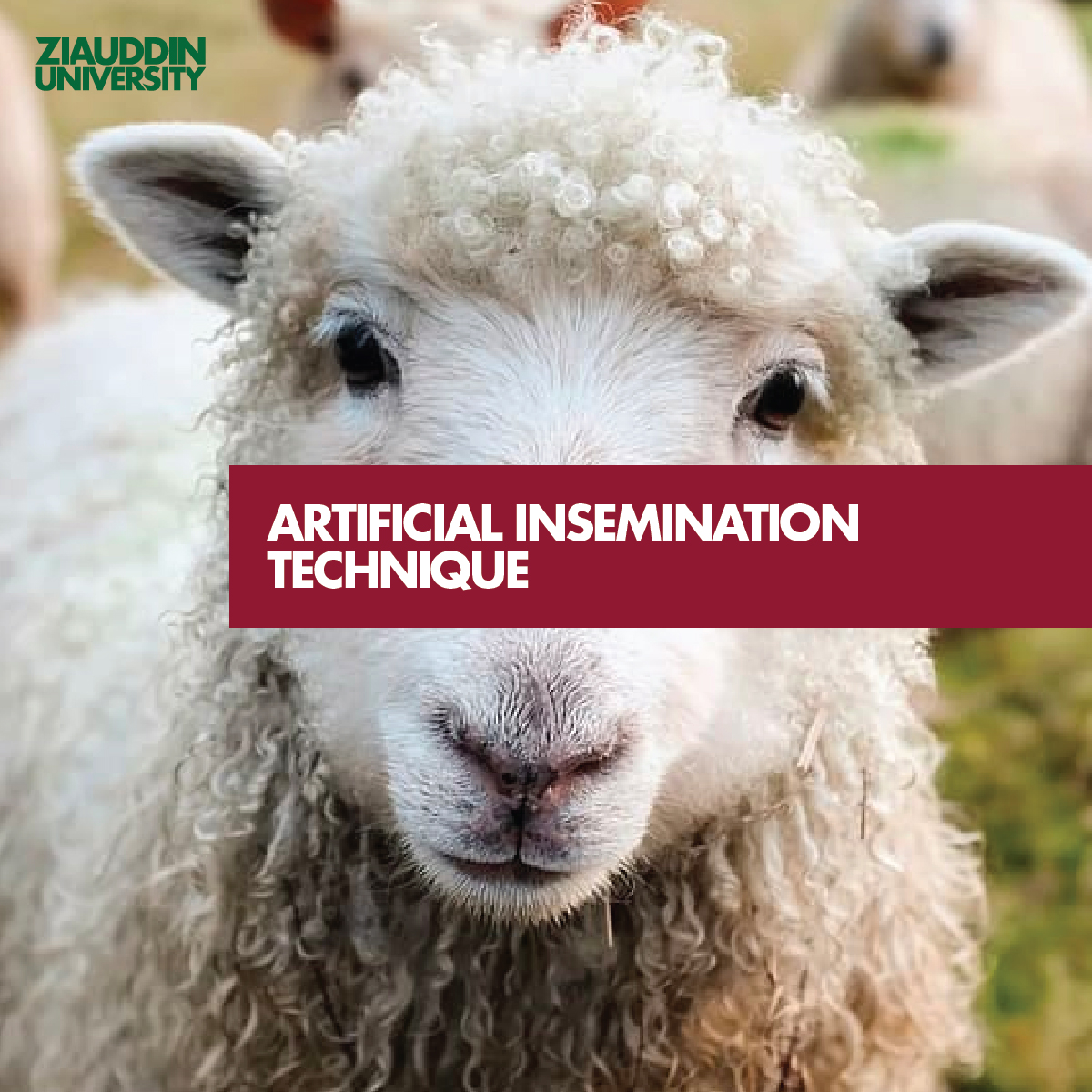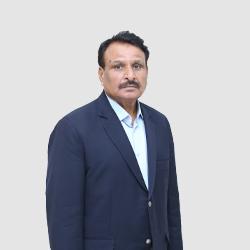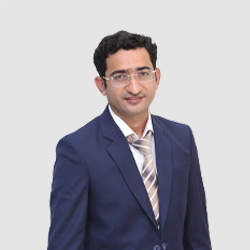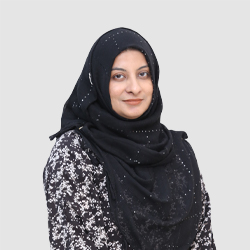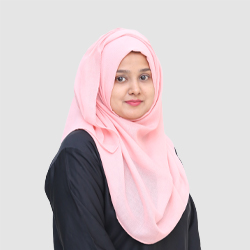Pakistan’s livestock population (including buffaloes/cows, sheep/goats/horses and camels) is over 200 million. The Livestock Poultry and Fisheries, as sub-sectors of Agriculture, contribute over 60 percent of the entire agriculture combined value and around 15 percent to the national GDP. It is also a major source of employment and foreign exchange earnings. This sector feeds numerous industries of the country like, dairy and meat processing, leather, animal feed, etc. to name a few.
Over 10 million families are engaged in these sectors. Therefore, livestock is vital for food security, rural development, and poverty alleviation in Pakistan. The steep rise in commodity prices has further enhanced the importance of this sector.
Pakistan’s population is growing at a rate of 2.4 percent per annum. This rapid increase in population is raising the demand for food items. The growth in this sector has been quite steady over the years and is likely to be such in the foreseeable future. The role of veterinarians remains of vital importance in the development of this sector.
Karachi itself is home to a huge livestock and poultry population. There are scores of farms in the city suburbs to fulfil the milk, meat and eggs demand of this mega cosmopolitan city of over 20 million population.
Ziauddin University Faculty of Veterinary and Animal Sciences is the first Pakistan Veterinary Medical Council-accredited institution in Karachi. Established with a purpose-built, state-of-the-art infrastructure, the Faculty has excellent laboratories, spacious lecture/seminar halls equipped with multimedia, a library and much more. The campus is spread over 75 acres of the picturesque landscape of Education City Link Road, only a 15 to 30 minutes drive from the city. The campus is surrounded by dairy, cattle, sheep, goat and poultry farms. It has close linkages with these farmers, provincial livestock departments as well as other veterinary institutions of the country for creating industry awareness and providing farm management exposure to the students. A mini zoo, a goat farm, buffaloes and a number of large animals are also other attractions of the Faculty.
The teaching faculty is highly qualified, and most of them have foreign postgraduate qualifications and years of practical


